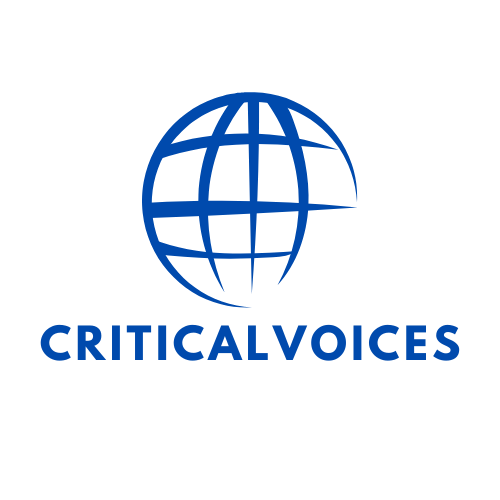In the ever-changing world of finance, keeping an eye on economic moats is like watching a thrilling game of chess—one wrong move and the competition could steal your king. An economic moat offers companies a competitive edge, protecting their profits from rivals. But what happens when these moats get a makeover or a surprise upgrade? Recent news reveals fascinating shifts in the landscape of economic moats, and it’s time to dive in. From tech giants tightening their grip to new players trying to build their own defenses, the business battlefield is buzzing with activity. So grab your popcorn and get ready for the latest insights that could help investors navigate these waters with confidence and maybe even a chuckle or two.
Economic Moat News
Economic moats serve as protective barriers that safeguard a company’s market share and profitability. These moats can take various forms, including brand loyalty, cost advantages, network effects, and regulatory advantages. Established technology firms often leverage brand loyalty to maintain customer retention and fend off competition. Strong brands create a perception of quality and reliability, making it difficult for new entrants to gain a foothold in the market. Cost advantages present another significant economic moat. Companies with efficient production processes can offer lower prices than competitors, attracting price-sensitive customers. Network effects also play a crucial role. As more users join a platform, its value increases, which can deter potential competitors. Examples of this include social media networks where user engagement enhances the overall experience. Regulatory advantages can provide significant protection. Firms benefiting from government regulations may experience reduced competition. Access to essential resources, such as patents, allows companies to innovate and create unique offerings. Those innovations can further solidify their position in the market. Recent trends indicate established players reinforcing their economic moats amid a dynamic industry landscape. New entrants are actively seeking ways to develop their own moats. Companies dedicating resources to enhance their competitive advantages may perform better over time. Investors should stay informed about these developments to make educated decisions concerning their portfolios. The ability to identify companies with strong economic moats can significantly impact investment success.Key Developments in Economic Moat News

Recent Case Studies
Starbucks has bolstered its economic moat by enhancing customer loyalty through its rewards program, securing an extensive base of engaged customers. Amazon’s investment in logistics infrastructure exemplifies a cost advantage, enabling faster delivery and maintaining its competitive edge. Meanwhile, Tesla’s innovation in battery technology showcases a network effect, increasing demand as more users adopt electric vehicles. These case studies highlight how successful companies leverage their strengths to solidify their market positions.Industry Trends
Current trends indicate a surge in technology firms using data analytics to sharpen their brand loyalty strategies. Similarly, sectors like renewable energy are witnessing new entrants using cost advantages to disrupt established players. Market analysts observe that industries embracing automation improve efficiencies, gaining an edge over competitors. Regulatory changes in telecommunications may also create advantages for companies positioned to comply effectively. These trends reflect a dynamic landscape where economic moats evolve rapidly and respond to both threats and opportunities.Analysis of Economic Moat Strengths
 Economic moats provide essential competitive advantages, allowing companies to maintain market positions. Recent developments highlight how firms leverage these strengths to safeguard profitability.
Economic moats provide essential competitive advantages, allowing companies to maintain market positions. Recent developments highlight how firms leverage these strengths to safeguard profitability.




